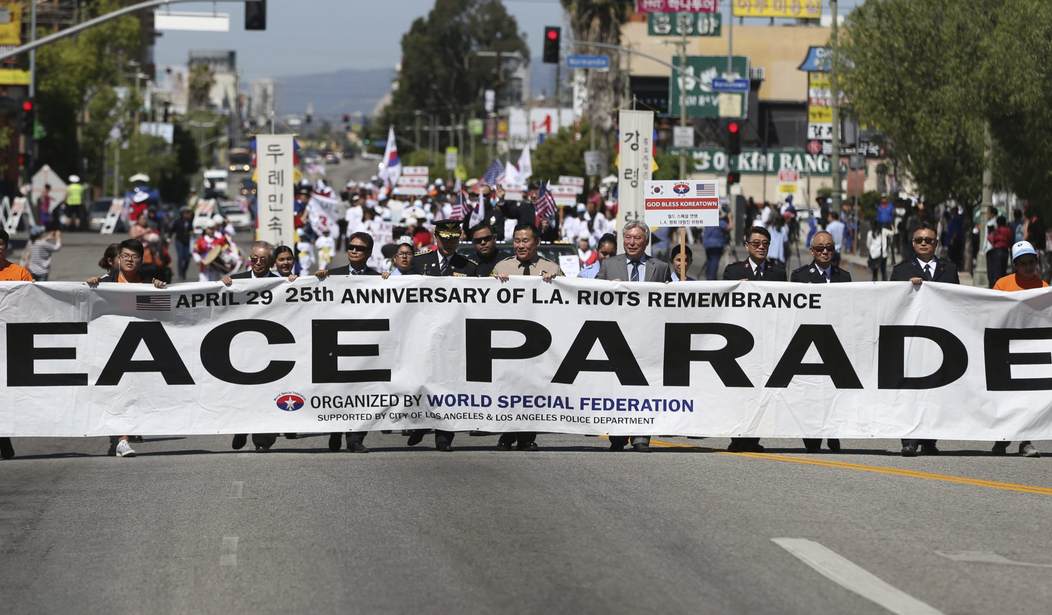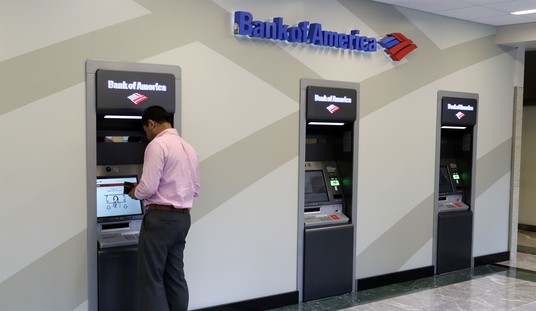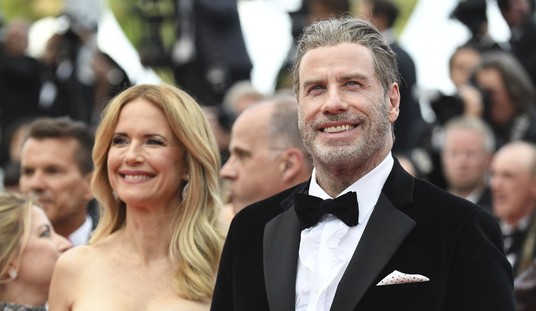As you may be aware, on Saturday we marked an inauspicious anniversary: It has been 25 years since the outbreak of the “Rodney King riot” in Los Angeles. And as you may also be aware, the occasion has been marked by many retrospectives, in print and on film, examining the riot, its precursors, and its aftermath. Sadly, but not unexpectedly, these retrospectives have almost uniformly followed a theme much in fashion these days, to wit, that the police were the bad guys and the rioters were heroic warriors for social justice.
Perhaps the most glaring example of this revisionism and moral inversion came courtesy of the A&E network’s L.A. Burning: The Riots 25 Years Later, in which perspectives on the riot are offered primarily by people with an axe to grind against the police in general and the Los Angeles Police Department (LAPD) in particular.
Some of the rioters themselves are interviewed and, incredibly, allowed to present their narrative unquestioned. Among them was Henry “Kiki” Watson, one of the four men convicted in what became the emblematic scene from the riot’s first hours, the beating of truck driver Reginald Denny at the intersection of Florence and Normandie Avenues in South Los Angeles.
You’ll recall that Mr. Denny was driving a load of gravel west on Florence when he was pulled from the cab of his truck and beaten nearly to death, then lay helpless in the street as rioters picked through his pockets and left him for dead. Had it not been for some good Samaritans in the crowd, one of whom was a truck driver, Mr. Denny almost certainly would have died in that intersection while his attackers danced and carried on around him.
In the A&E program, Mr. Watson expresses no remorse for his actions. Rather, he seeks to explain away his misdeeds by saying he was “swept up” in what was happening. “You get swept up,” he tells the interviewer, “into the emotions of a particular moment when there’s temporary insanity or whatever. You behave in a manner you wouldn’t ordinarily behave.” One must wonder what swept him up into the armed robbery for which he was convicted prior to the riot.
Also “swept up,” apparently, was Damien “Football” Williams, who was shown on video throwing a chunk of cinderblock at Reginald Denny’s head, then pointing and laughing at the helpless man while dancing around the intersection. Alas, Mr. Williams was unavailable to be interviewed for the program as he is serving a 46-year sentence for the 2000 murder of a drug dealer. If only we could learn what it was that swept him up into that crime.
Unmentioned in the program was the fact that Watson, Williams, and nearly all the other rioters at Florence and Normandie that afternoon were members of the 8-Tray Gangster Crips, the street gang that dominated the neighborhood in 1992, and still does. And all but unmentioned was the extent of the gang problem in Los Angeles, which reached its nadir that same year, when 1,092 people were killed in the city.
If you’re tempted to attribute a significant portion of those killings to the riot, don’t. The riot began on April 29 and stretched into the first days of May, yet April’s murder total of 97 was just 15 more than occurred in March. May’s total was 70, five fewer than occurred in May 1991. Every month from July through October 1992 saw more than 100 murders in the city, November’s total was 96, and December’s was 90.
The greatest share of these killings was clustered in the four LAPD patrol divisions that cover South Los Angeles: Southwest, Newton, 77th Street, and Southeast, where the majority of the riot damage was concentrated. Those of us working those areas at the time (I worked at all four of these divisions during my career with the LAPD) spent most of our eight-hour shifts racing from one shooting call to the next, leaving little time for the type of “community policing” practiced today. The LAPD was frequently labeled by its critics as an “occupying army,” but the 83,656 violent crimes reported to the department in 1992 would suggest the occupied population was scarcely inhibited.
The Rodney King riot was not a “rebellion” or an “uprising” as it’s repeatedly characterized in the A&E program, it was an outbreak of lawlessness on the part of people already inclined toward it, none more so than the 8-Tray gangsters who terrorized so many at Florence and Normandie in the riot’s first hours.
That said, the LAPD’s response when rioting began to flare was an embarrassment, for which blame can be placed with L.A.’s city government, then-Chief Daryl Gates and his top police commanders, and with some lower-level managers who had the opportunity to make a difference in the riot’s first moments but chose not to.
In April 2010, on the occasion of Daryl Gates’s death, I wrote two pieces for PJ Media (see them here and here) in which I tried to correct the record on Chief Gates’s leadership during the riot and in the years preceding it. I won’t rehash those earlier pieces here except to point out that Gates headed a department that was underfunded and understaffed even as violent crime was escalating every year. It was not Chief Gates who allocated the LAPD’s budget and determined how many officers we should have.
In the second of those 2010 pieces, I responded to comments made by Michael Moulin, now retired from the LAPD, but who on April 29, 1992, was a watch commander at 77th Street Division. It was Moulin who made the decision to pull officers away from the area of Florence and Normandie and assemble at a command post well away from the troubles. Moulin was the only police figure interviewed for the A&E program, and his on-camera time is devoted to rationalizing his decision to abandon Reginald Denny and all the others victimized at the infamous intersection.
To me, and to most of my colleagues who worked through the riot, this decision was and remains indefensible, and I invite you to read that earlier piece for my reasoning. But the essential point is this: Yes, the LAPD failed to make adequate preparations for what all of us working the streets expected, and for that Daryl Gates can bear much (but not all) of the blame.
But it was Lt. Moulin who oversaw the officers working at 77th Street Division that evening, the only people willing and eager to protect the unwitting victims headed into the maelstrom at Florence and Normandie. Lt. Moulin ordered a retreat, failing even to see that officers direct traffic away from the rioters. It was shameful, and watching him justify his actions is still infuriating even after 25 years.
Only slightly less infuriating was current LAPD Chief Charlie Beck’s op-ed in the April 27 Los Angeles Times. The piece’s headline, “The chief’s promise: The LAPD will never fail the city again,” was misleading. According to Beck, the “failure” was not to the department’s woeful preparation and reaction to the riot, but was rather fighting the gang crime from which the riot arose. The entire piece is liberal Pablum, but perhaps the worst of it is this passage:
Unfortunately, when we declare war [on crime], several things happen. We cause collateral damage, which erodes whatever moral high ground led to the declaration. Our “opponents” — now unified — possess their own moral mandate for counterattacks. This is what we did when we declared war on our own communities during the 1980s and 1990s. That is what we risk doing today, when we declare war on our own immigrant communities.
Thus Chief Beck adopts the anti-police rhetoric of current activists like Black Lives Matter and acquiesces in the claim that it was the police that caused the 1992 riot, and, worse, he conflates allegations of police abuses with any measures local police might take against illegal immigration. Better to ignore the law, he appears to say, than to see anyone angry at us.
There are indeed many lessons to be drawn from the 1992 riot, but that isn’t one of them.










Join the conversation as a VIP Member